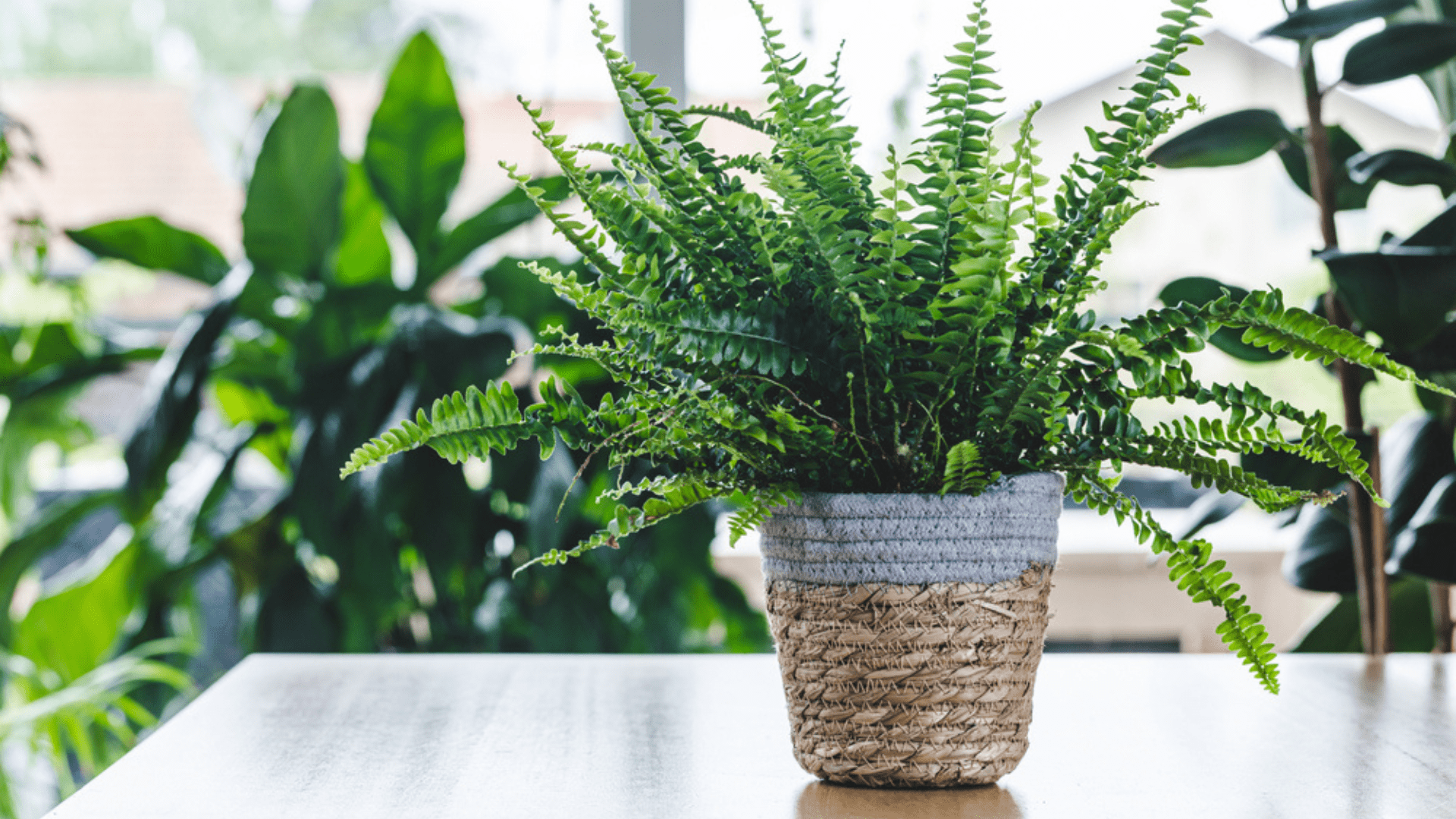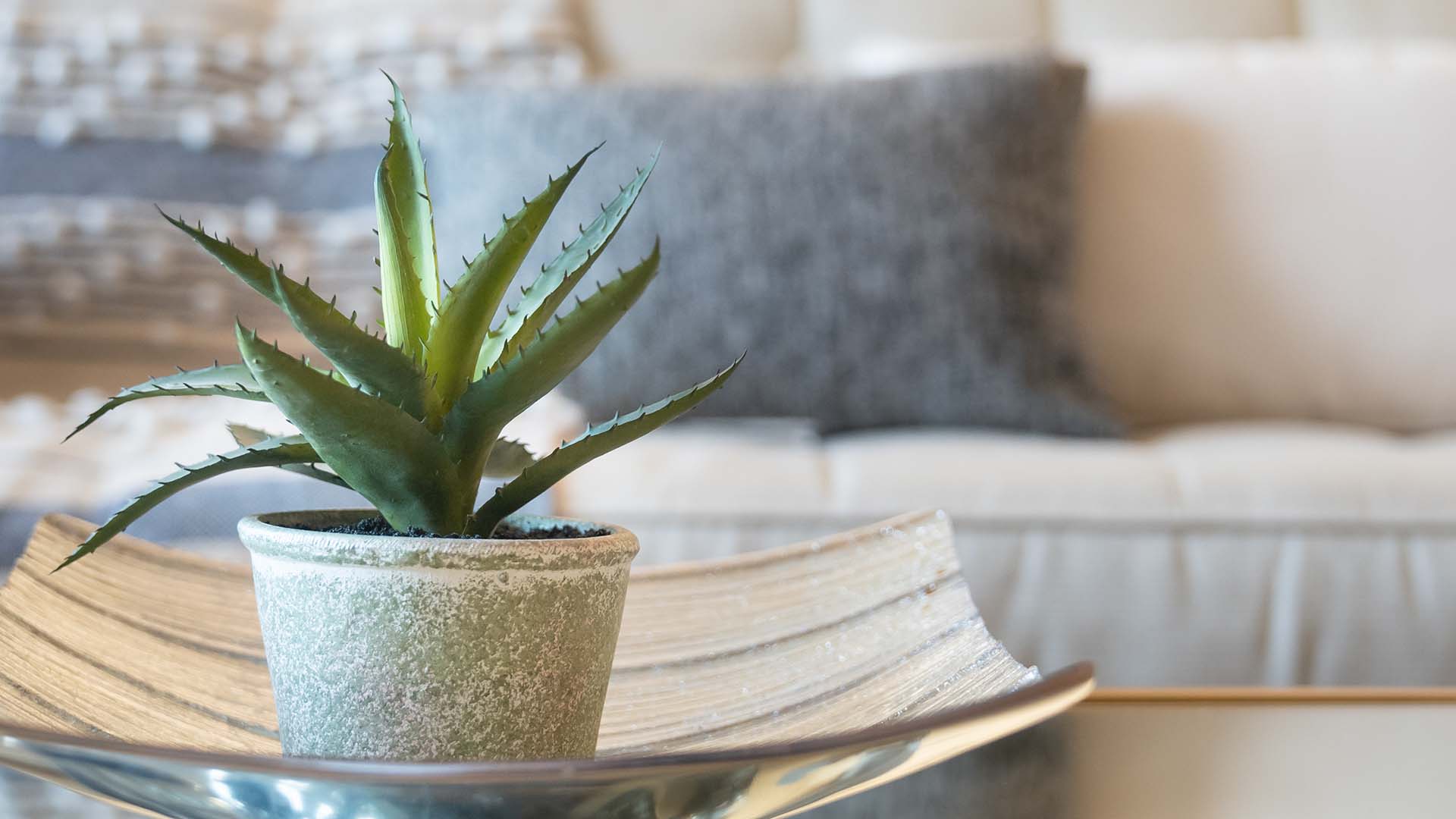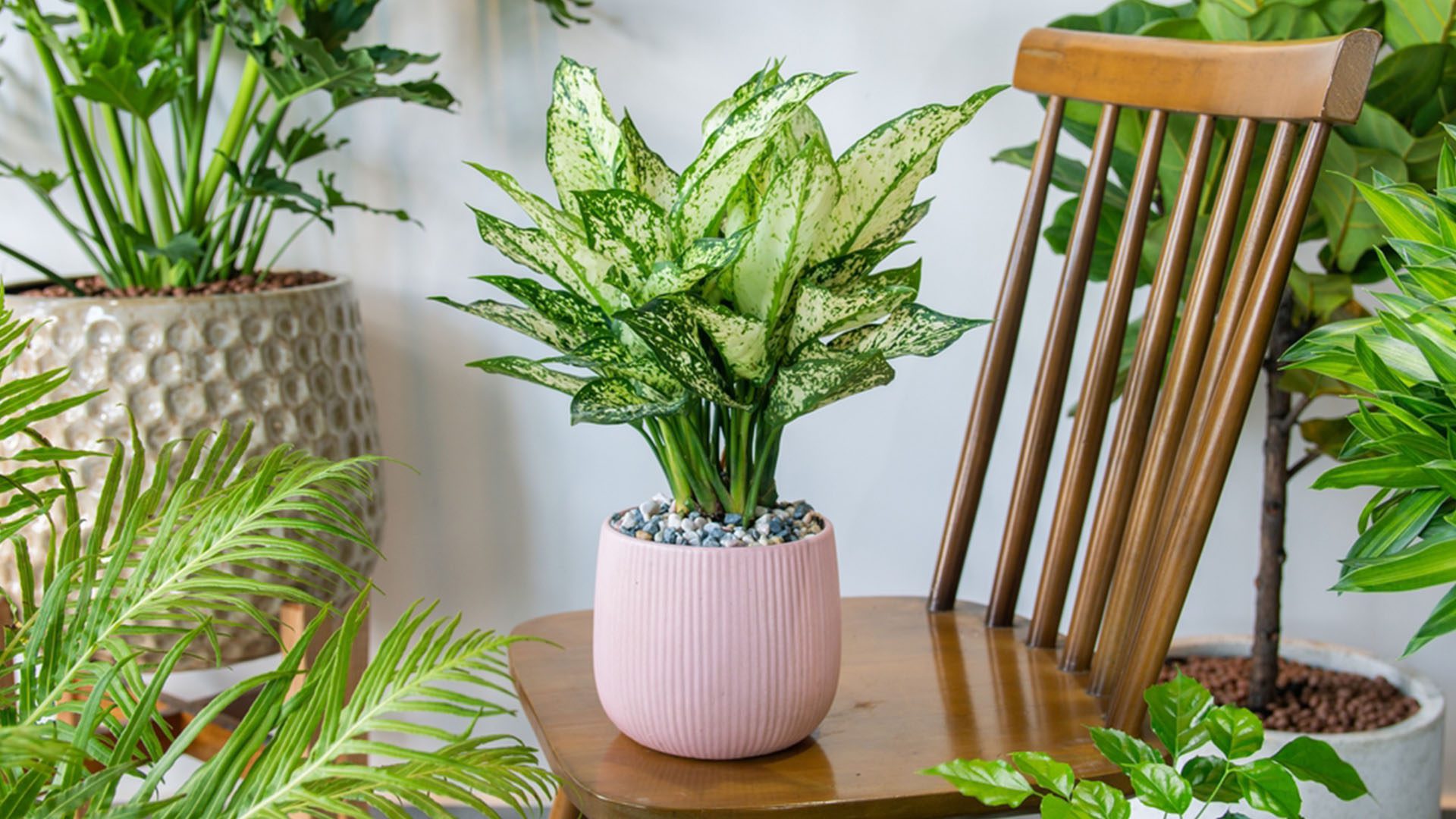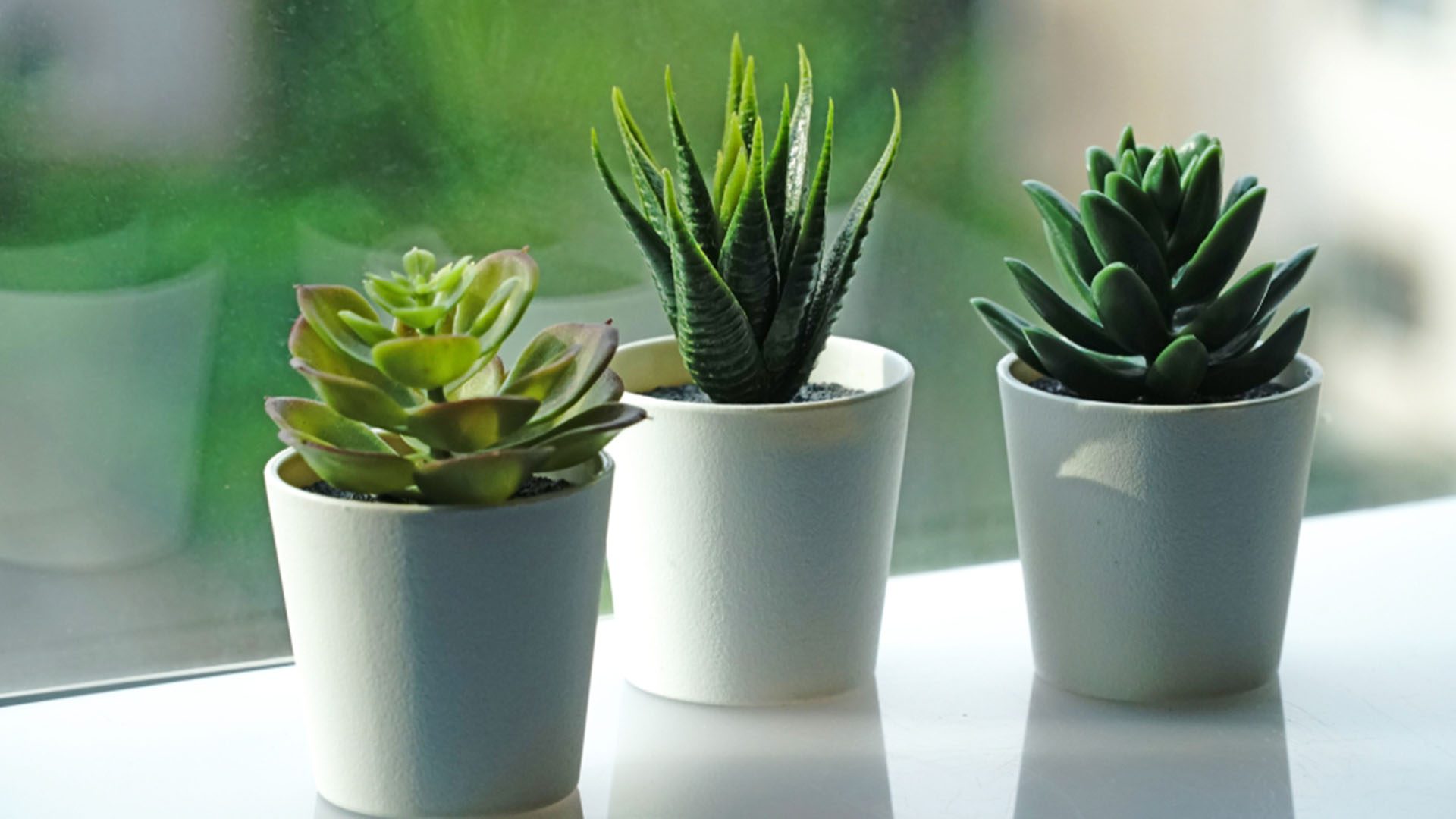During the winter months, plant owners often make the mistake of assuming that turning up the temperature will be a good thing, especially since many popular houseplants are tropical plants that prefer warmer temperatures. The issue, however, is that central heating results in a lack of humidity, making the air drier which is bad for your plants. Here are some tips to keep your plants protected from central heating.
Underfloor Heating
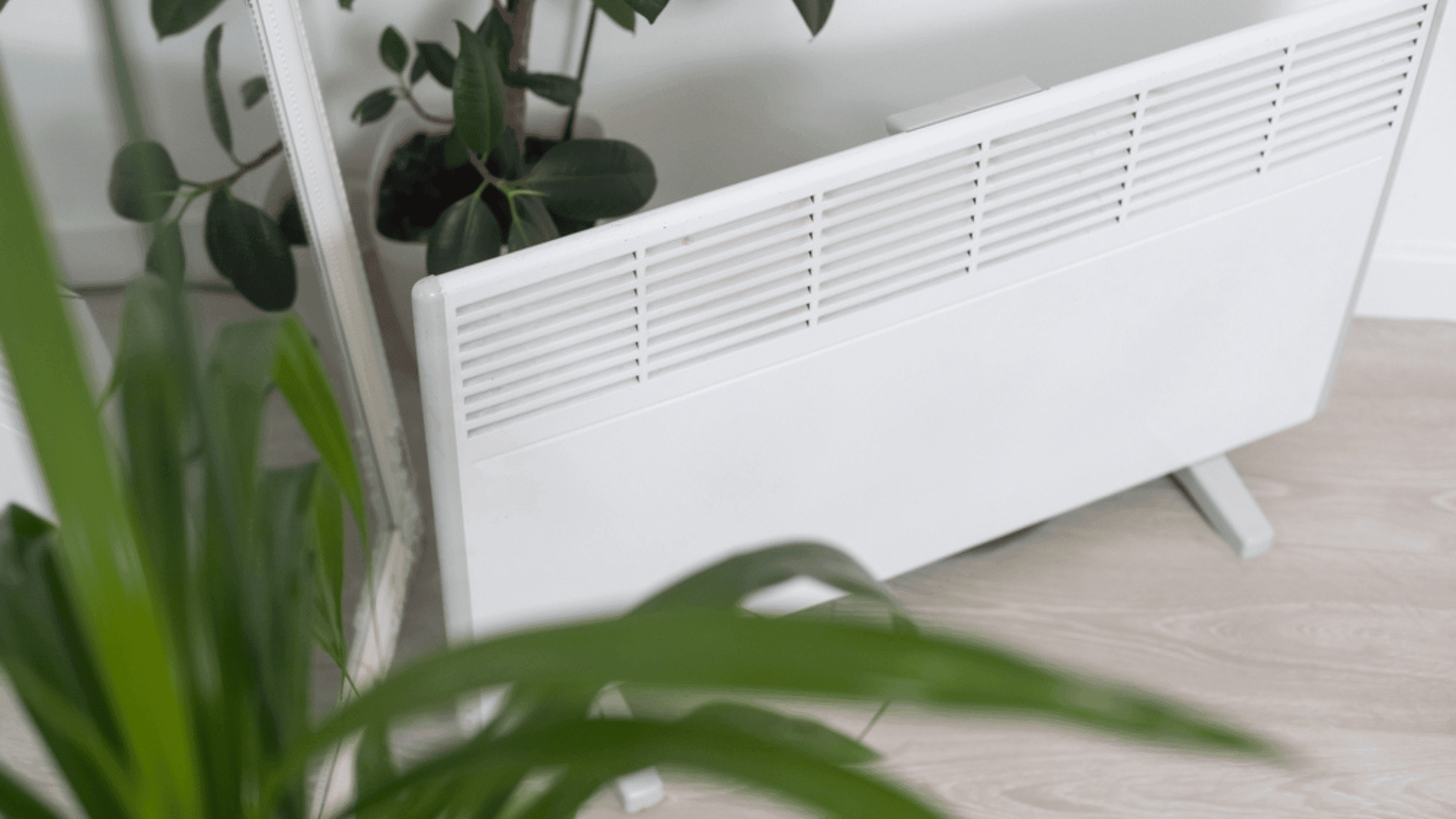
This type of heating can dry out a plant’s roots, causing stress. Additionally, when the heating is off and the floor gets cool again, the dramatic fluctuations in temperature can shock your plants. One way to protect your plants if your home has underfloor heating is to move them up higher such as placing them on a table, dresser, or shelf. Another strategy would be to use a hanging plant pot or a plant stand to position the plants higher off of the ground without needing to clear shelf space. If the plants are too large to be placed higher off of the ground, however, you could also create separation between the bottom of the pots and the floor by using a thick cork mat.
Fireplaces and Radiators
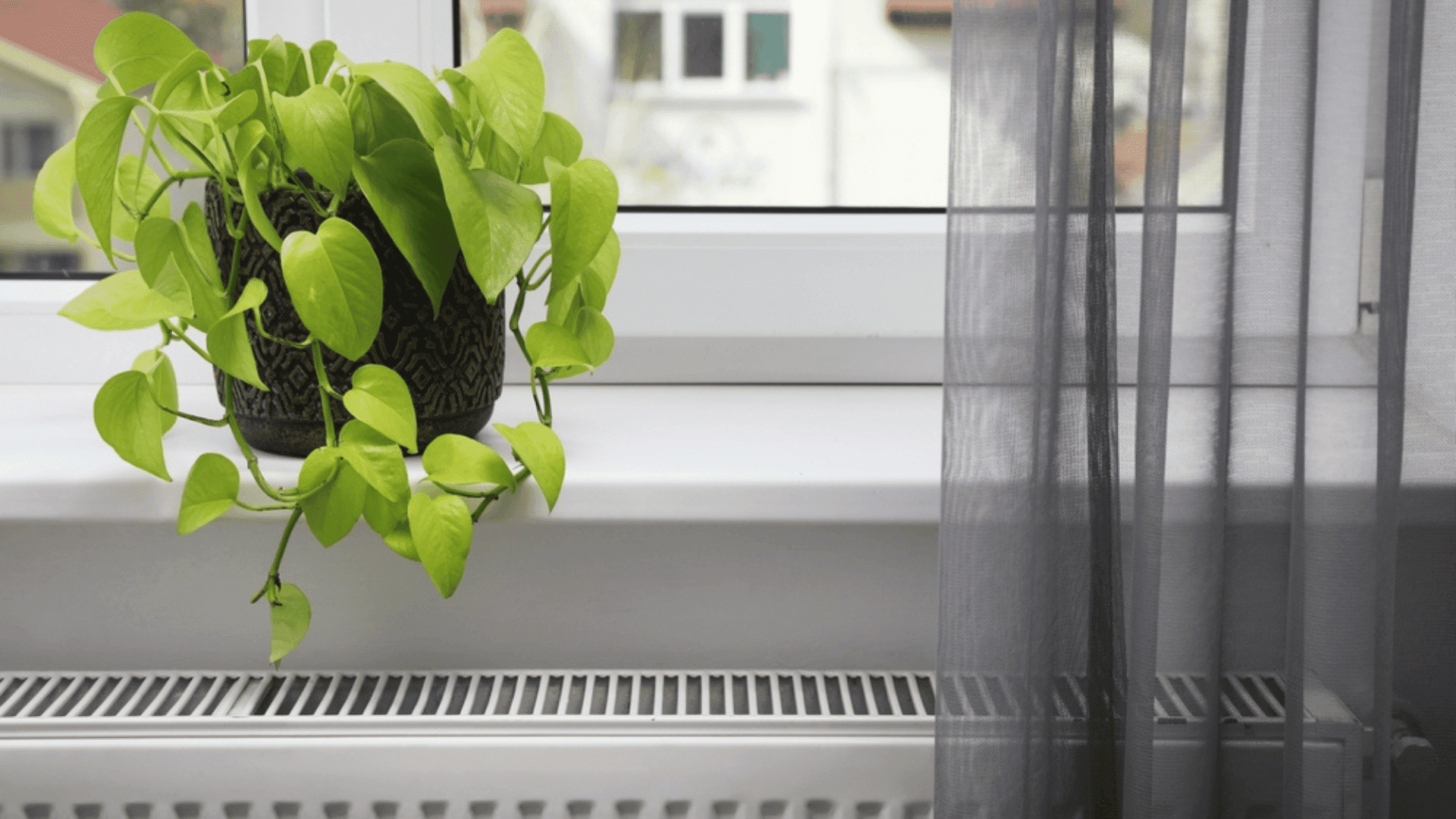
Fireplaces and radiators can cause your plants to suffer from intense heat and whither. Ensure to move your plants as far as possible away from such heating sources. As a general rule, if you can feel the heat from one of these sources with your hand, that means your plant is too close. Regularly misting your plants could also help to combat the lack of humidity.
Kayla Gajdascz, the co-founder of Mental Houseplants, suggests placing a tray with water and pebbles under your plant pots. ‘As the water evaporates, it increases the humidity around the plants. Ensure the pots are sitting on the pebbles and not in the water to prevent root rot,’ she says. ‘If your budget allows, an indoor greenhouse is also a safe and effective way to avoid drafts and dry air,’ she adds. ‘It helps keep humidity in and hot air out.’
Grouping and Watering
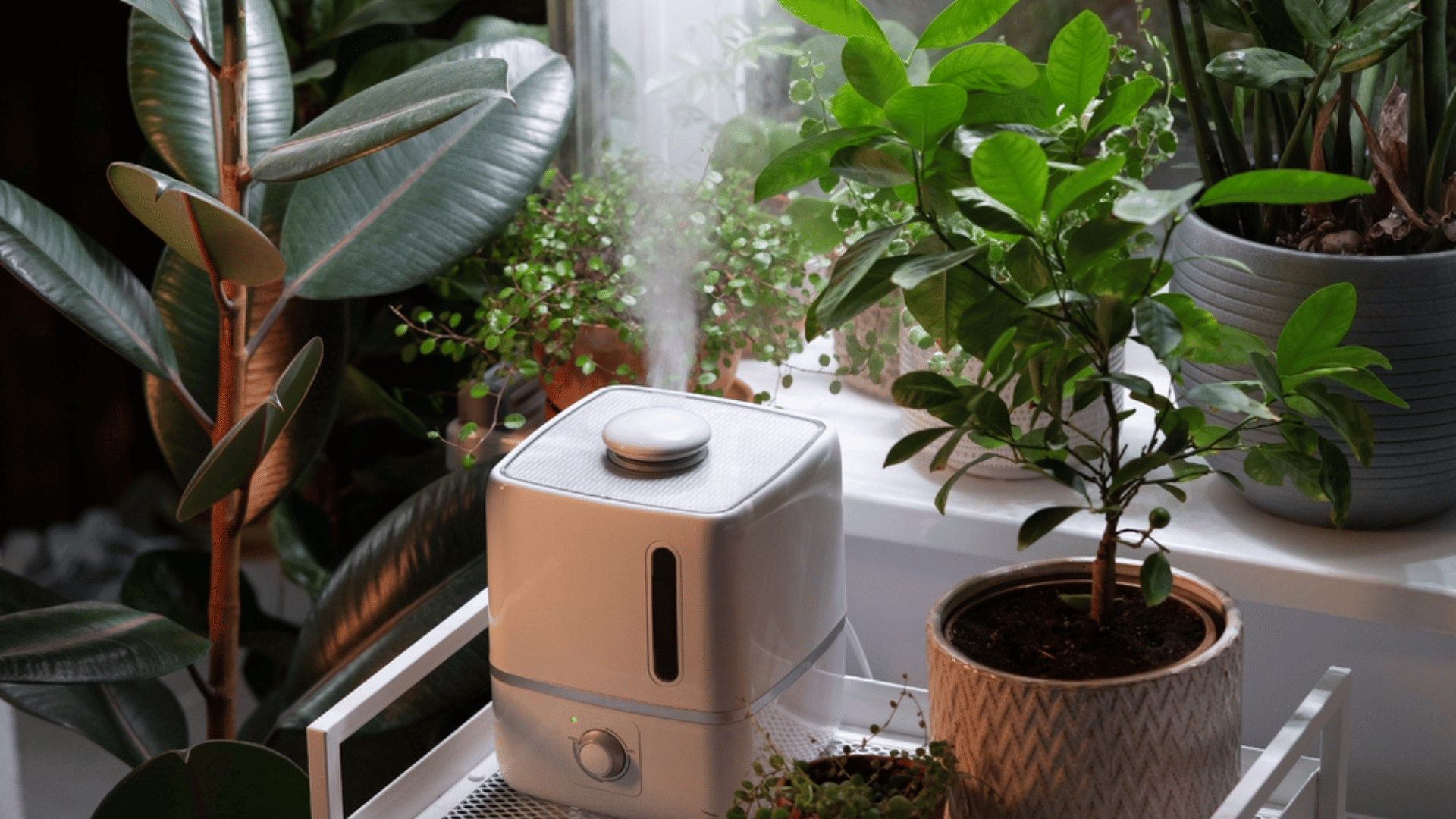
Gajdascz suggests grouping plants together to create a micro-environment, which will increase the humidity around the plants. She also says you can use a humidifier: ‘This is especially helpful in rooms with many plants.’
Additionally, it can be beneficial to move plants into rooms that have higher humidity. According to Vladan Nikolic, a houseplant expert, this would include rooms such as the bathroom or the kitchen. Just ensure the new spot has enough light for each of your plants’ needs.
Watering your houseplants correctly is essential for their health, especially during the dry winter months when plants have to survive heating. ‘When you’re using central heating, your houseplants will lose water through their leaves more quickly, which means that you will need to water them more often,’ Vladan says.
It’s equally important, however, to ensure that you’re not overwatering your plants as this can also cause them harm. ‘Always check the soil with your fingers or a chopstick, and adjust the watering frequency accordingly,’ Vladan advises.



